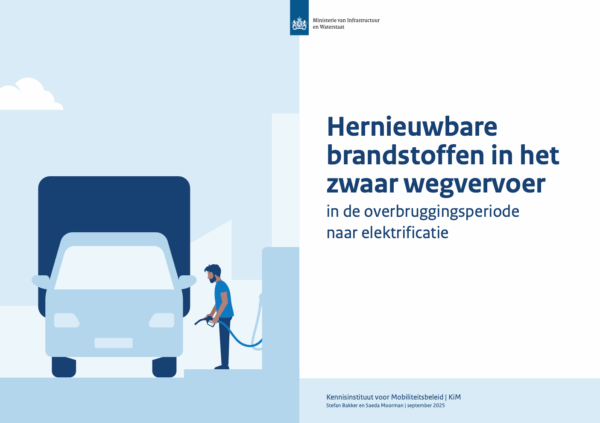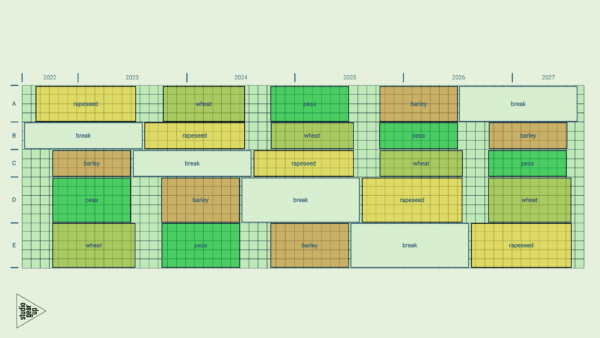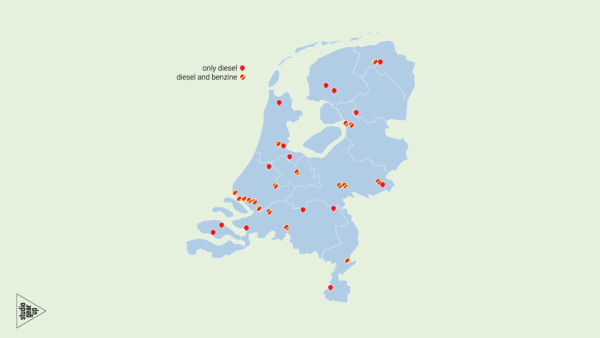[Blog for Friends of Europe]
To bring down greenhouse gas (GHG) emissions – in the context of the 2015 Paris Climate Agreement to keep the world’s temperature rise well below 2°C and preferably below 1.5°C – the share of renewable energy in the power and the transport sector needs to increase significantly. The transport sector, and in particular road transport, is the number one challenge as it is a big GHG emitter and still largely dependent on fossil oil. The share of renewable energy must grow rapidly given the current depletion of the remaining carbon budget.
[This blog was published 12 December 2019 at the website of think tank Friend of Europe. Read here.]
Curbing GHG emissions from transport through the introduction of alternative fuels is one way to go. However, as vehicles remain in circulation for over 20 years on average and as Europe’s fleet is still growing, the introduction pace of battery-electric vehicles (BEVs) and fuel-cell vehicles will not lower emissions sufficiently in the limited time that we have left. The need for low-carbon liquid fuels to address emissions from non-electric vehicles, which will continue to be widely-used in the foreseeable future, is evident.
In parallel to renewable energy fuelling electric vehicles, renewable fuels need to become available as an alternative to high carbon-intense fossil fuels. These renewable fuels are produced from a wide range of feedstocks through various processes. Sustainable biofuels are already available on the markets and their sustainability and environmental benefits are strictly framed by the new Renewable Energy Directive.
ately, concerns about some sustainability aspects of biofuels have led to continuous improvements in legislation and to further innovations and improvements in the life cycle performance of biofuel supply chains. What is more, biofuels are shifting to more waste-based feedstocks. Now that legislation is in place and makes clear on which type of feedstocks further growth should be based, European policymakers can reassure investors with the new, strong and unbiased policy commitment to sustainable and advanced biofuels.
In addition to this, an increasing share of renewable electricity will be used in the transport sector. However, decision-makers tend to forget that there are two clear and simultaneous modes of electricity use: direct utilisation – electricity stored in vehicle’s battery – and indirect utilisation, whereby renewable electricity is used to produce a gaseous or liquid fuel that is then stored in the fuel tank of the vehicle.
Power-to-X (e-fuels) offers a means of introducing, in an indirect way, electricity into transport. This is done by using electricity as a source to produce e-fuels. The necessary technology is available, however it must be scaled up and supported by a long-term vision. Using e-fuels in existing fuel infrastructure would help to avoid additional infrastructure costs. Furthermore, e-fuels have drop-in characteristics and are fully compatible with internal combustion engines vehicles.
The studio Gear Up, an independent strategic advisory firm in the field of bio-based and circular economy, identified two issues as having strategic importance in the deployment of e-fuels in the transport and energy sector in Europe.
Firstly, balancing the grid is crucial. While the grid can absorb the variability of electricity production to a certain level, capturing the intermittency power and storing it in, for example, e-fuels is an important tool for grid balancing.
The second issue concerns energy storage. Two elements are important for storage of renewable electricity: the period of storage and the volume required for storage. Liquid fuels offer unique opportunities for easy, secure, long term, high energy density storage in existing infrastructure.
Infrastructure for liquid fuels has already been fully established and most vehicles still depend on such fuels. This allows for an immediate market uptake, without the need to invest in new infrastructure or further vehicle technology. The possibility to introduce low-carbon liquid fuels in the existing logistical system and infrastructure has strong potential.
As long as electric vehicles are low in numbers, their total CO2 reduction potential is limited. When BEVs become more dominant, low-carbon fuels will continue to play a role in lowering carbon intensity in heavier segments.
While recent years have seen a strong focus on electrification, European policymakers should urgently overcome the opposition between the electron and the molecule. They should consider a combination of both transport electrification and low-carbon liquid fuels as the only way to reach climate objectives in time and in a cost-effective manner.



